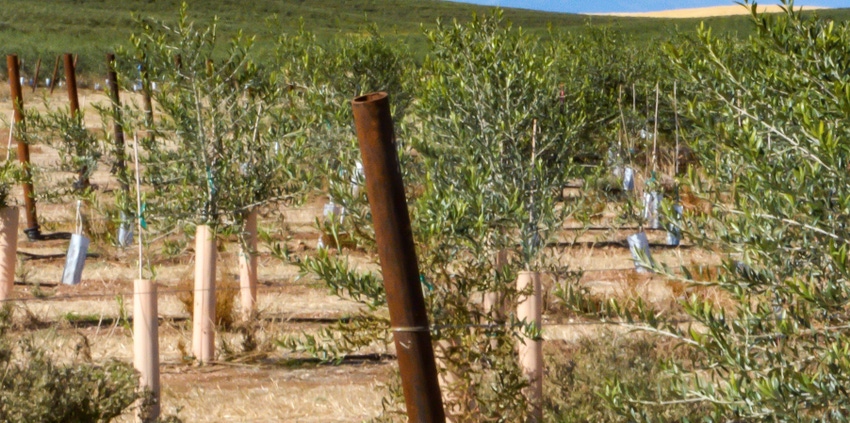
After years of declining budgets and dwindling farm advisor positions, California's land-grant university is looking to rebuild, thanks to a significant financial boost from the state budget.
The approved budget increased funding for the University of California Agriculture and Natural Resources Division – home to Cooperative Extension and other programs – by more than $32 million in a move UCANR Vice President Glenda Humiston says was much needed.
"We have half the Cooperative Extension personnel we had 20 years ago," she said.
State funding for UCANR over the past several years remained stable at just over $72 million, before being cut in the 2020-21 budget to $63.4 million. This year's allocation totaled nearly $108 million from the state general fund, a 41% increase from the previous year. Included in the total increase was a 5% cost of living allocation adjustment, which Humiston welcomed.
The additional funding will help rebuild depleted farm advisor ranks and address deferred maintenance costs necessary to boost the university's ability to study and address the various challenges facing farms and the environment.
Priorities
High on the list of needs to address by Extension will be wildfire resiliency. The massive conflagrations razing whole towns and millions of acres of forest have commanded much public attention and a mass call by many groups to "do something."
Humiston wants to hire over 100 academics in the coming year to address a host of issues, including viticulture, community and economic development, wildfire resiliency, integrated pest management, and other issues the public continues to ask of Cooperative Extension and the university system.
For farmers and ranchers who rely upon the Land Grant for answers to complex challenges, new positions forthcoming will address needs in rice farming systems, soils and water, agronomy and weed science, water management, and vegetable crops. Positions identified in 2018 as high priority will likely be addressed first, though she contends that UCANR's focus going forward will be on current and projected needs, rather than merely replacing specific farm advisor positions that may no longer be necessary.
"We need to make sure we hire Cooperative Extension advisors for today's and tomorrow's problems, not yesterday's issues," she continued.
Healthy forests will be high on that list as massive wildfires have turned diverse landscapes into lifeless moonscapes. Decades of poor wildland management by public lands agencies and a longstanding policy to suppress wildfire is now blamed for destroying millions of acres of timber, wilderness, and whole towns.
Healthy forests are key not just for wildlife and recreational reasons, she says. The state's ability to capture rain and snow runoff due to overgrown forests and wildlands has been greatly reduced. Last season, for instance, the State of California said 800,000-acre feet of runoff that was expected never materialized as the watersheds simply consumed the runoff.
Coming out of the massive wildfires and drought issues will be a need to address the forest ecosystems destroyed and water quality and runoff issues that will affect entire watersheds.
Aside from the personnel needed to fill positions left vacant through attrition and the enticement by private companies of farm advisors and researchers to join their ranks, Humiston said some of that money will be used to repair and replace aging equipment and continue with broadband upgrades.
She credits question to the subject by State Sen. John Laird, D-Santa Cruz, who during negotiations with UCANR asked not just about personnel needs, but the buildings and equipment they need to perform the kinds of world-class research Land Grant Colleges are asked to undertake. Nearly $9 million of the added increase to UCANR's budget will go to address programmatic support, which includes such things as labs and research assistants, and the various other activities that support active research and extension efforts.
History
For the past two decades state funding for UCANR programs remained flat. When accounting for inflation, this equated to a 50% cut in state funding over the 20-year period. Meanwhile farmers were still asking for help from farm advisors on a host of issues. Moreover, pressure to reduce the use of toxic chemicals for agricultural pest and disease control made university input that much more important as state regulators sought to ban certain classes of chemistries that successfully controlled agricultural pests and plant diseases.
About the Author(s)
You May Also Like






